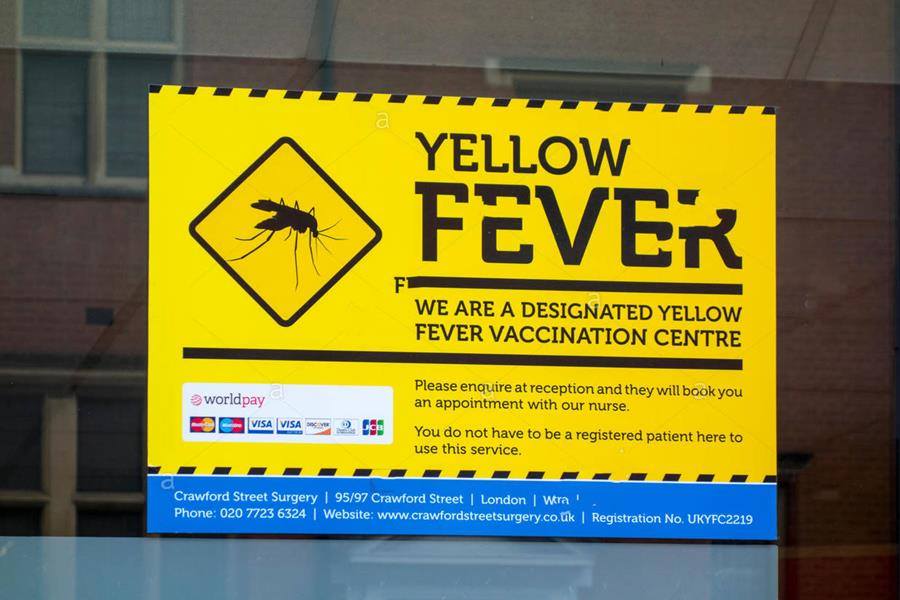Manu yellow fever, malaria or any disease risk
There is no vaccine for malaria, but prescription drugs help to minimize the likelihood of contracting this mosquito-borne disease. Malaria strains are resistant to the traditional chloroquine regimen. Wear long sleeves and pants, and use a mosquito repellent that contains DEET each time you enter the jungle.
Malaria risk in Manu is extremely low (less than 0.1{c0703f7f9c2066f1973534d24c719b55597fc2c19666777f4898692757df1612}) We recommend you take insect repellent and protect yourself with long shirts and pants instead of taking the pills (please check the side effects of these medications!) Which we are not Sure, either. If you wish, you can bring a reservation in case you get Malaria (which can be detected by a blood test), but you can also get the medication in this area.
YELLOW FEVER: It is recommended to have a yellow fever vaccine for Manu. If you plan to visit any area of the jungle or cloud forest such as Machupicchu or Manu, it is better to have the yellow fever vaccine, since the Limon Control Post will ask for your vaccination card.
LEISHMANIASIS: The risk of Leishmaniasis or also known in Peru as UTA is very low, the best way to protect yourself is to use mosquito repellent, shirts and long pants. It is very important to check 4 weeks after the trip if you have a round wound that does not heal with regular medication because it could be Leishmaniasis, check with your doctor. In Peru the treatment is free and they use the medicine Glucantine.
TETANUS: We recommend you get vaccinated against Tetanus to travel to the jungle or visit Peru.
RABIES: The risk of being bitten by Bats is very low.
SCREW: If you have a pain as if someone was driving you with a needle, it could be the Screw; this is noted 2 to 3 weeks after the tour. The botfly or screw occasionally uses humans as hosts to lay their eggs. The larva has ring-shaped spines around its body and is difficult to remove when they are alive. The way to remove them is to smother them with Vaseline, nail polish or adhesive tape; After about 10 hours the dead larva is squeezed and the dead larvae come out. They call it a screw because they have a cylindrical body similar to a screw.




